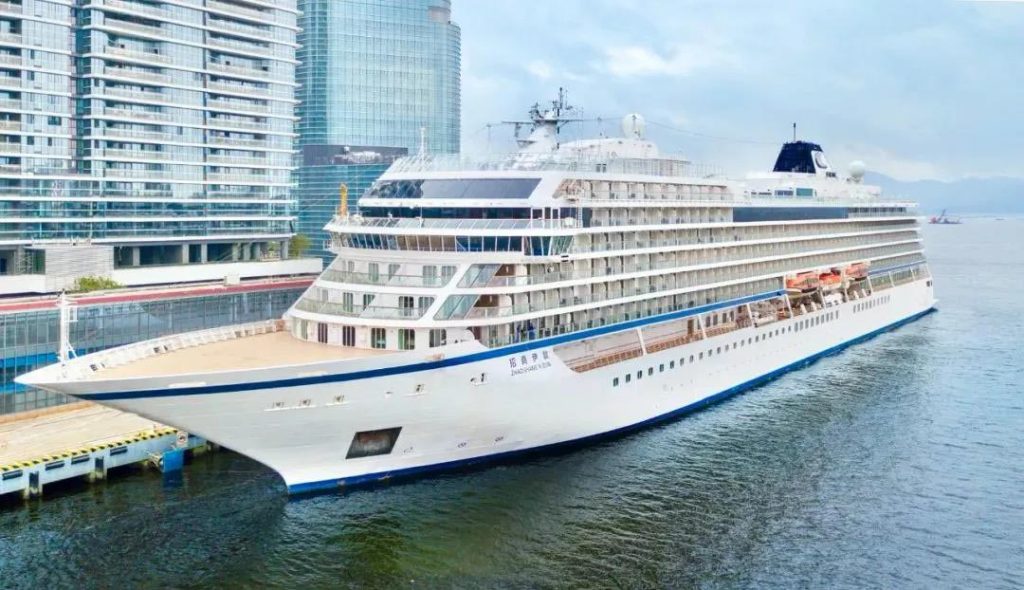Saudi Arabia Aims to Attract Cruise Ships With New Port Investments

cruise ship
Saudi Arabia is targeting to attract more international cruise liners with a second terminal as part of efforts to revamp the Kingdom’s tourism industry and transform it to a key contributor to economic growth.
Five months after opening the first cruise ship terminal at Jeddah Islamic Port, the Kingdom has unveiled plans to build a second cruise terminal at King Abdulaziz port in Dammam, as well as develop four new berths both at King Abdulaziz port and Yanbu Commercial port, according to The Maritime Executive in an exclusive report.
The Saudi Ports Authority (MAWANI) has signed an agreement with Cruise Saudi and Globe Group for the implementation of the project.
“We are pleased to support the National Transport and Logistics Strategy with the development of a cruise terminal and deeper berths to accommodate international cruise liners. This agreement further elevates Saudi Arabia’s position as a leader in the cruise industry and enhances the visitor experience for guests in the Kingdom,” said Omar bin Talal Hariri, MAWANI’s president.
King Abdulaziz port is the largest port in the Persian Gulf, and is the third busiest port in the Middle East and North Africa region after Jeddah Islamic Port.
The port is a major export center for the oil industry, but Saudi authorities are working to diversify its cargo mix. King Abdulaziz Port is undertaking a $1.8 billion expansion program to increase its annual container handling capacity by 120 percent to an estimated 7.5 million TEU per year.
The construction of the new cruise terminal is part of MAWANI’s ongoing efforts to empower the kingdom’s tourism sector. In July, MAWANI and Cruise Saudi opened the first cruise terminal at Jeddah Islamic port, and they have also been undertaking a series of training programs for Saudi professionals in collaboration with MSC Cruises to build the capabilities of the country’s cruise industry.
Saudi Arabia’s broader goal is to attract 100 million tourists annually and increase the sector’s gross domestic product contribution to 10 percent of GDP. The tourism sector is currently driven by religious pilgrims, and about 17 million people visit the country annually.
*Culled from The Maritime Executive.





